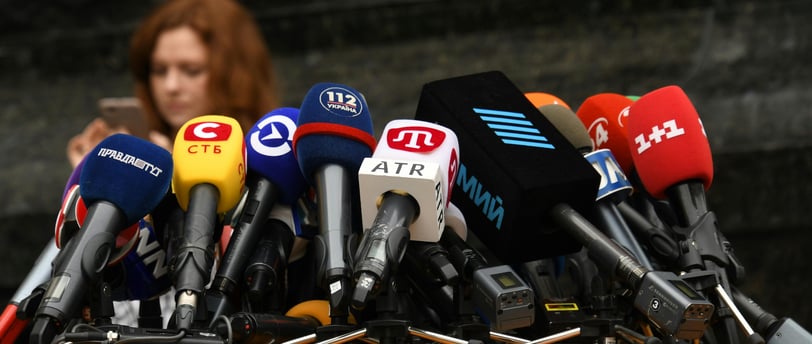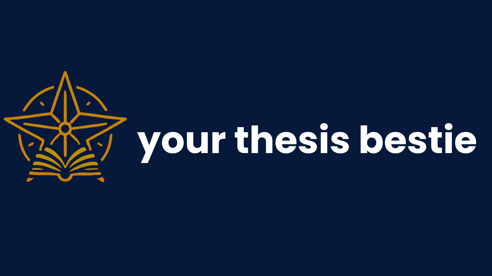Fake News or Real News
Explore innovative research topic ideas for 2025 focusing on fake news and real news. Discover how to differentiate between misinformation and credible sources in an ever-evolving media landscape.
QUANTITATIVE RESEARCH
Realyn Manalo
5/7/20254 min read


Fake crowds, fake quotes, fake news—welcome to the new normal on Philippine social media. When news broke of former President Duterte’s alleged arrest for crimes against humanity, support flooded online overnight. Messages of love, Trump endorsements, roaring crowds, except none of it was real. The entire narrative was fabricated, a scripted illusion pushed across Facebook, TikTok, and YouTube like a well-oiled machine. What looked like spontaneous support was, in truth, a disinformation campaign, one that experts warn is just a preview of what’s coming as the 2025 elections draw closer.
This isn’t just about one man’s image, it’s about a nation’s information crisis. From viral deepfakes to copy-pasted propaganda, fake news is spreading faster than fact-checkers can catch it. Tech platforms like Facebook claim they’re trying, but even they admit it’s nearly impossible to keep up. As truth gets drowned out by algorithms and coordinated troll networks, the line between real and fake becomes dangerously blurry. And in a country where millions rely on social media for their daily news, that confusion isn’t just alarming, it’s a threat to democracy.
Who Can Use These Topics
This research is ideal for students and professionals pursuing the following courses or strands:
College Programs:
BA Communication
BS Political Science
BS in Psychology
BS Computer Science
BS in Education
BS Information Technology
Senior High School Strands:
Humanities and Social Sciences (HUMSS)
General Academic Strand (GAS)
Why This Topic Needs Research
Despite advances in digital security and media education, several critical gaps persist:
Limited adaptability of AI models to cultural and noisy datasets: While a novel model using multimodal interaction showed promise in detecting fake news, it struggled in real-world settings with misaligned media types and cultural complexity. Researchers recommended testing the model on region-specific data and improving semantic adaptation (Liu et al., 2025).
Lack of behavioral studies on real-time misinformation exposure: Although food-related fake news was shown to influence consumer choice, few experimental studies tested live misinformation exposure. The authors called for real-time experiments to understand behavioral responses across age and social groups (Melios et al., 2025).
Gaps in detecting locally contextual AI-generated misinformation: As large language models (LLMs) generate increasingly realistic fake content, current detectors lack the nuance to recognize topic-specific and culturally tailored misinformation. Future studies should assess evolving prompting strategies and local detection thresholds (Wang et al., 2025).
Insufficient modeling of misinformation diffusion over time and platforms: While user and network behaviors were modeled using innovation theory, existing studies failed to reflect delayed sharing and multi-platform spread. Researchers proposed enhancing models with asynchronous patterns and temporal insights (Joy et al., 2024).
Lack of evidence on the impact of media literacy programs: In the Philippine context, reactions to political fake news revealed media mistrust. However, there is little data on whether digital literacy campaigns actually change behavior. Future research must evaluate long-term program outcomes across political demographics (De Asis et al., 2025).
Understudied digital behaviors of older adults: Studies show baby boomers are highly susceptible to fake news due to specific cognitive and behavioral patterns, yet interventions for this demographic remain rare. Research is needed on tailored strategies to reduce belief in misinformation among seniors (Malenab et al., 2024).
Narrow demographic scope of emotional intelligence research: Although emotional intelligence was linked to fake news detection among education students, broader studies are required to see if this applies in other fields and regions. Researchers suggested integrating EI into general media literacy curricula (Potenciando et al., 2024).
Feasibility & Challenges by Target Group
Get Your Free Thesis Title
Finding a well-structured quantitative research topic can be challenging, but I am here to assist you.
✔ Expertly Curated Topics – Not AI-generated, but carefully developed based on existing academic studies and research trends.
✔ Comprehensive Research Support – Includes an existed and updated research gaps, explanation of variables as well as SDG relevance.
✔ Personalized for Your Field – Get a thesis title tailored to your academic requirements and research interests.
Prefer video content? Subscribe to my YouTube Channel for expert insights on research topics, methodologies, and academic writing strategies.
References
De Asis, J.B., Vitan, R. C., Casanova, A. C., Dalaguit, S. M., Mendoza, J. A. M. C., Panimdim, M., ... & Mangarin, J. A. (2025). How Filipinos React To Political Fake News Flagged By Rappler And Other Mainstream Media On Facebook During The Presidential Election 2022: Cases Of Media Mistrust And Political Partisanship.
Joy, A., Pathak, R., Shrestha, A., Spezzano, F., & Winiecki, D. (2024). Modeling the Diffusion of Fake and Real News through the Lens of the Diffusion of Innovations Theory. ACM Transactions on Social Computing, 7(1-4), 1-24.
Liu, Y., Liu, Y., Li, Z., Yao, R., Zhang, Y., & Wang, D. (2025, April). Modality interactive mixture-of-experts for fake news detection. In Proceedings of the ACM on Web Conference 2025 (pp. 5139-5150).
Malenab, J. S., Paguirigan, C. J., Piñera, H., & Tindowen, D. J. (2024). Exploring the Causes of Fake News Consumption among Baby Boomers.
Melios, S., Asimakopoulou, A. A., Greene, C. M., Crofton, E., & Grasso, S. (2025). Food-related fake news, misleading information, established misconceptions, and food choice. Current Opinion in Food Science, 101309.
Potenciando, M. R. M., Cabalquinto, R. D., Duliguez, E., & Labarca, R. J. (2024). EMOTIONAL INTELLIGENCE AND FAKE NEWS QUOTIENT OF BPE STUDENTS. European Journal of Physical Education and Sport Science, 11(1).
Wang, X., Zhang, W., Koneru, S., Guo, H., Mingole, B., Sundar, S. S., ... & Yadav, A. (2025, April). Have LLMs Reopened the Pandora’s Box of AI-Generated Fake News?. In Proceedings of the 2025 Conference of the Nations of the Americas Chapter of the Association for Computational Linguistics: Human Language Technologies (Volume 1: Long Papers) (pp. 2795-2811).
